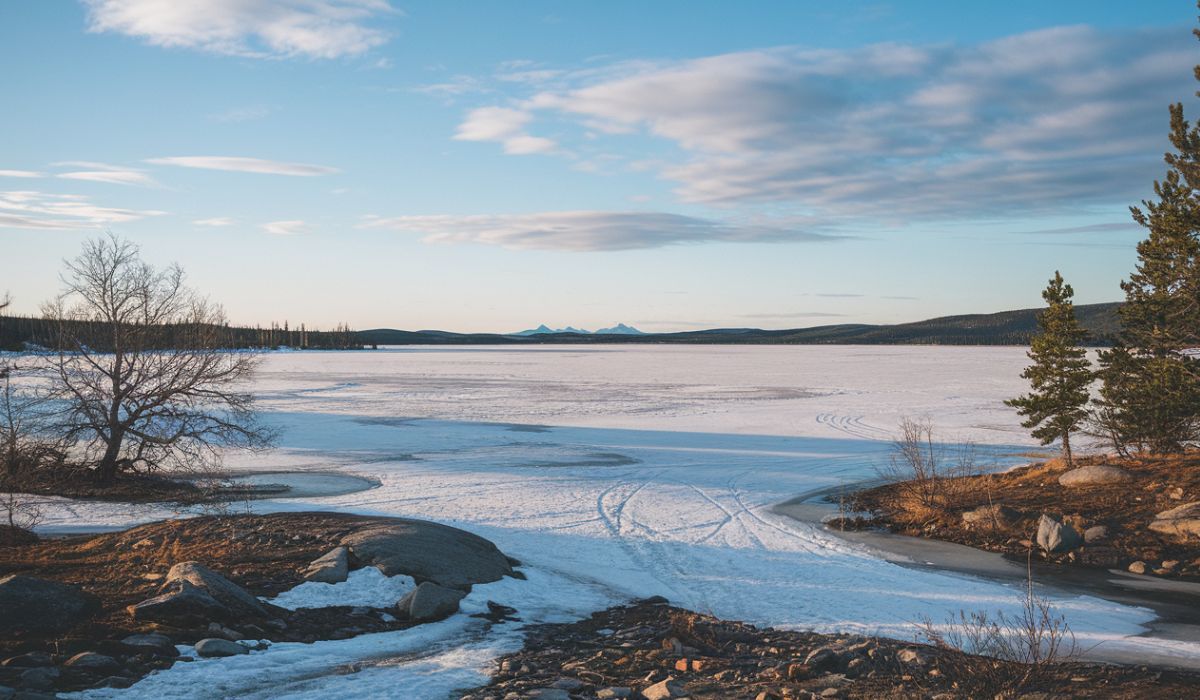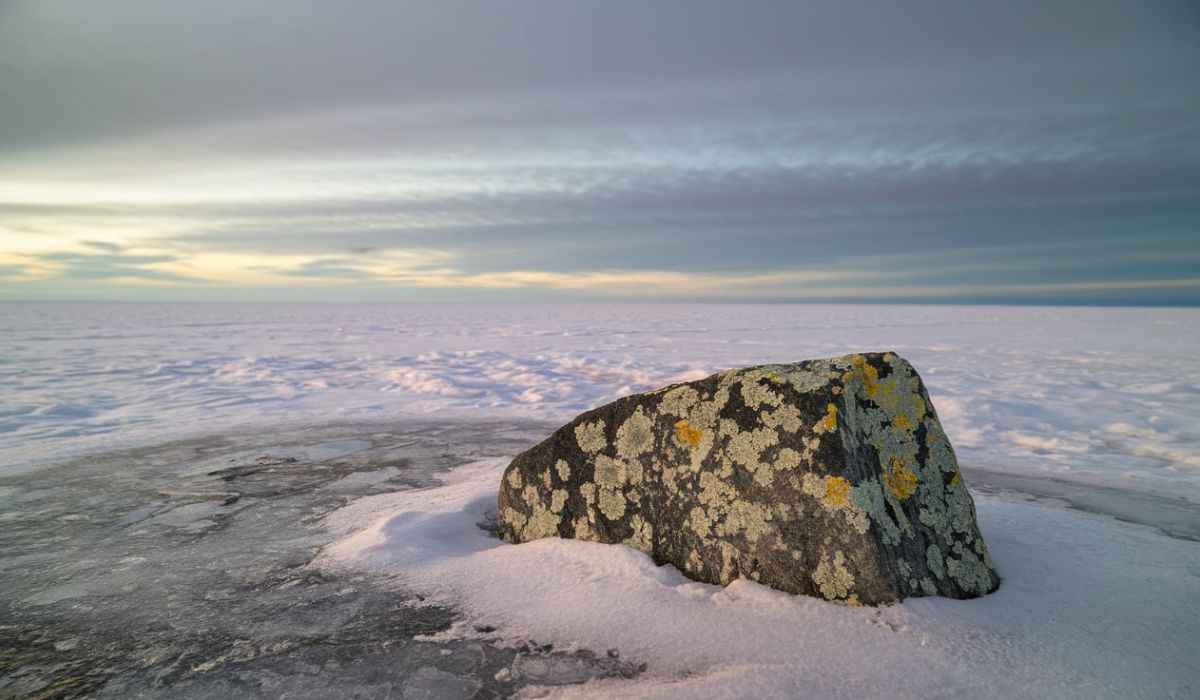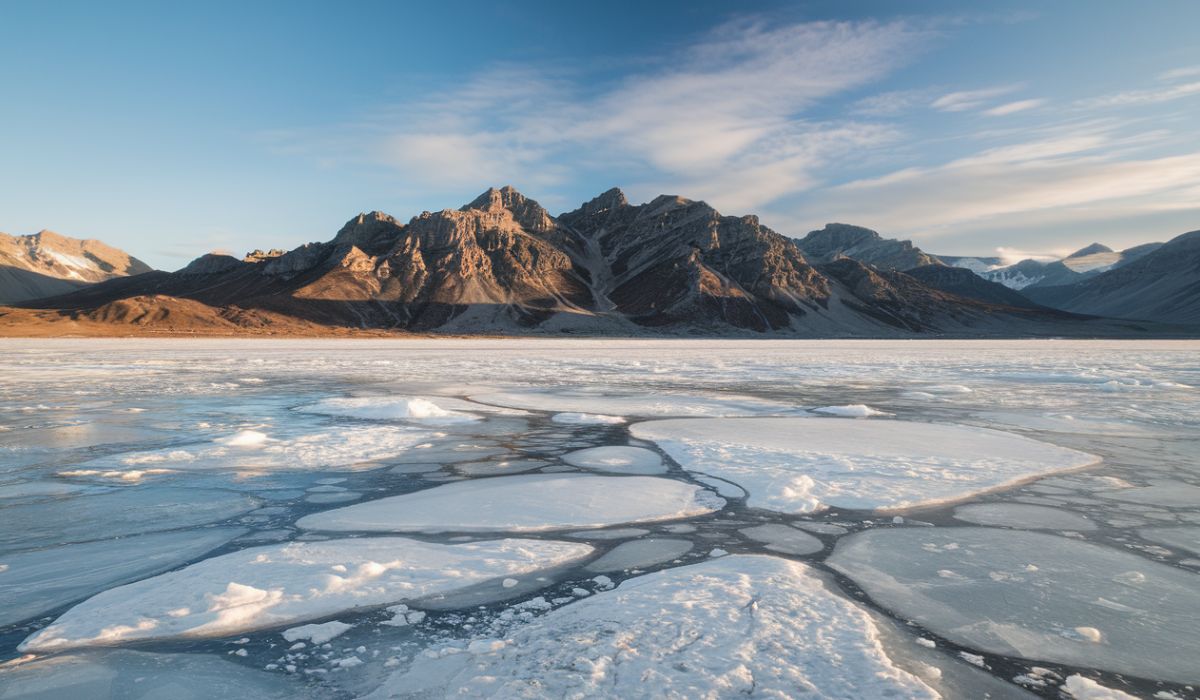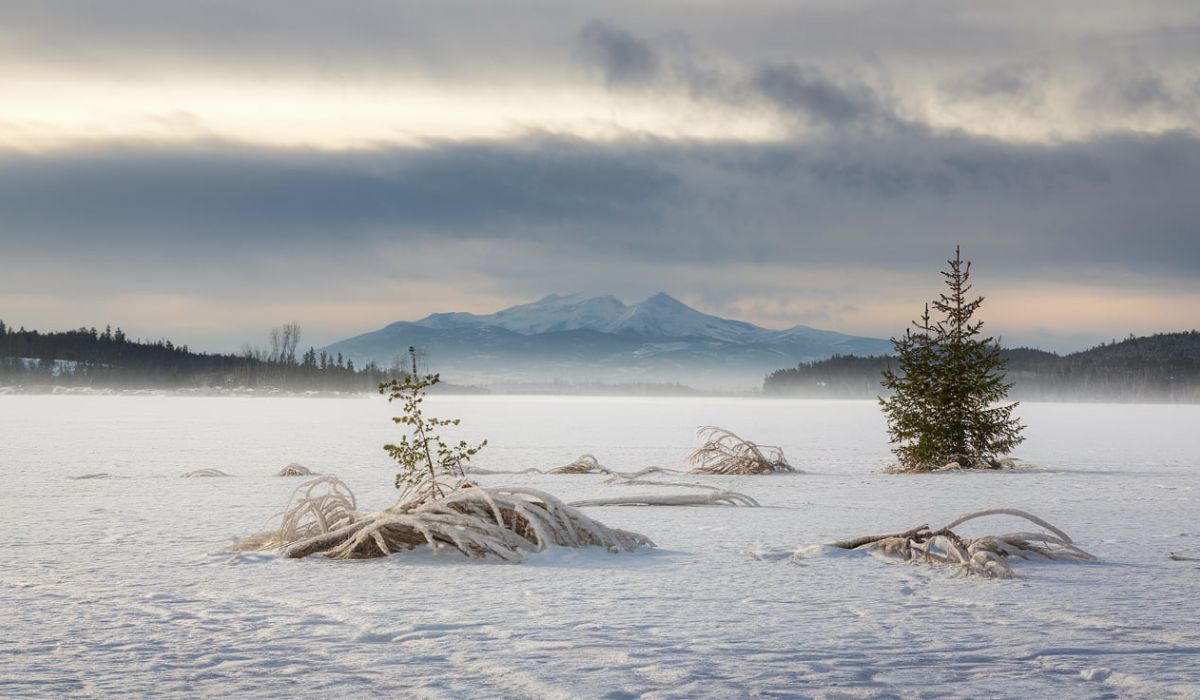When we think of Earth’s most extreme environments, the frozen tundra comes to mind. Vast, frigid, and seemingly lifeless at first glance, the tundra hides a world of unique ecosystems, fascinating survival strategies, and natural wonders. But what exactly is a frozen tundra, and why should we care about this icy wilderness?
In this article, we’ll explore the frozen tundra, from its geography and climate to the plants, animals, and human impacts that shape this cold, desolate landscape. By the end, you’ll have a deeper appreciation for this seemingly barren world that plays a crucial role in Earth’s environmental balance.
What is the Frozen Tundra?
The frozen tundra is a type of biome found in extremely cold regions where the ground remains frozen for most of the year. It’s defined by its harsh climate, limited vegetation, and minimal human activity. Picture a vast, snow-covered plain that stretches as far as the eye can see. But beneath this icy surface lies an ecosystem teeming with life, both above and below the frozen ground.
The term “tundra” comes from the Finnish word tunturia, meaning treeless plain, which perfectly describes the barren look of this environment.
Where Can You Find Frozen Tundras?

Frozen tundras are primarily located in the Arctic and Antarctic regions. However, they can also be found in high-altitude areas of mountains, where cold temperatures persist year-round.
Major locations of frozen tundras include:
- Arctic tundra: Northern Alaska, Canada, Greenland, Scandinavia, and Siberia.
- Antarctic tundra: Found on the Antarctic Peninsula and surrounding islands.
- Alpine tundra: Located in mountain ranges across the globe, such as the Rockies, Alps, and Himalayas.
These regions are all marked by extreme cold, permafrost, and a lack of trees, making survival a challenge for both plants and animals.
The Climate of a Frozen Tundra
If there’s one thing the frozen tundra is known for, it’s the cold. Temperatures can plunge to -30°F (-34°C) in the winter, with summer barely reaching 50°F (10°C). Despite the frigid cold, the tundra experiences dramatic seasonal changes.
In the winter, the sun may not rise for weeks or even months, plunging the tundra into a long, dark night. Come summer, the tundra bursts into a brief but intense growing season, thanks to almost continuous daylight.
Precipitation is low, typically less than 10 inches a year, which makes the tundra technically a desert, even though it’s covered in snow and ice for most of the year.
Flora: Life in the Ice
It may seem impossible, but plants thrive in the frozen tundra. Despite the harsh conditions, the tundra is home to more than 1,700 species of plants, including mosses, lichens, low shrubs, and grasses. These plants have adapted to survive in poor, nutrient-deficient soils and can handle the short growing season.
One example is the Arctic willow, a tiny plant that grows close to the ground to avoid cold winds. Lichens and mosses are especially important, as they can grow in the coldest conditions and provide food for herbivores like caribou and reindeer.
Fauna: Animals of the Frozen Tundra
The frozen tundra is home to an array of animals that have adapted to survive the cold. Many animals here have thick fur, fat layers, or other features that help them cope with the extreme temperatures.
Common tundra animals include:
- Caribou and reindeer: These large herbivores migrate across the tundra, feeding on lichens and mosses.
- Arctic foxes: Small but hardy predators, Arctic foxes have thick fur and a keen ability to find food in harsh conditions.
- Polar bears: Found in the Arctic tundra, these massive predators rely on sea ice to hunt for seals.
- Snowy owls: These striking birds are well adapted to the tundra’s long winters and prey on small mammals like lemmings.
Other animals like musk oxen, wolves, and hares also call the tundra home, each with their own unique adaptations to the cold.
Adaptations for Survival

Survival in the frozen tundra requires extreme adaptations. Both plants and animals have developed strategies to live through the intense cold, limited food, and short growing seasons.
- Plants: Low-growing plants avoid cold winds and conserve heat. Many tundra plants grow in clusters to share warmth, and some have dark-colored leaves to absorb more sunlight.
- Animals: Tundra animals often have thick fur or blubber to insulate against the cold. Some, like the Arctic fox, change their fur color with the seasons to blend into their environment—white in the winter and brown in the summer.
These adaptations ensure that life can continue to thrive in one of Earth’s most unforgiving climates.
The Role of Permafrost
One of the defining features of the frozen tundra is permafrost, a layer of ground that remains frozen year-round. This frozen layer can be several feet thick and plays a critical role in shaping the tundra ecosystem.
Permafrost affects everything from plant growth to water drainage. Because the ground is frozen, plants can’t grow deep roots, and the soil remains waterlogged in the summer when the top layer melts. This creates a unique wetland environment where only specially adapted species can thrive.
Human Impact on the Tundra
While the frozen tundra is one of the least populated biomes on Earth, human activity is still having an impact. Oil and gas exploration, mining, and infrastructure development have led to habitat destruction and pollution in some tundra regions.
In the Arctic, for example, drilling for oil has disturbed wildlife and ecosystems. Roads, pipelines, and other infrastructure fragment the landscape, making it harder for animals to migrate and find food.
Climate Change and the Tundra
Perhaps the biggest threat to the frozen tundra is climate change. As global temperatures rise, the tundra is warming at twice the rate of the rest of the planet. This has serious consequences for the permafrost, which is starting to thaw.
When permafrost thaws, it releases greenhouse gases like methane and carbon dioxide, which further contribute to global warming. Additionally, the melting ice is disrupting ecosystems and making it harder for animals like polar bears and Arctic foxes to survive.
Conservation Efforts

Thankfully, efforts are underway to protect the frozen tundra. Conservation organizations and governments are working to limit development and protect wildlife in these regions.
International agreements like the Paris Climate Agreement aim to reduce carbon emissions and slow the effects of climate change, which is critical for preserving the tundra. Additionally, protected areas and wildlife reserves have been established to safeguard key species and habitats.
Why the Frozen Tundra Matters
Why should we care about the frozen tundra? Aside from its stunning beauty and unique ecosystems, the tundra plays a vital role in regulating Earth’s climate. It acts as a carbon sink, storing massive amounts of carbon in its permafrost. If the tundra is damaged, it could accelerate global warming, leading to even more extreme weather patterns around the world.
The tundra is also home to indigenous communities that have lived in harmony with this environment for centuries. Protecting the tundra means preserving their way of life and the cultural heritage tied to these lands.
Conclusion
The frozen tundra may seem like an inhospitable place, but it’s teeming with life, rich ecosystems, and a delicate balance that sustains the planet. As we face the challenges of climate change and environmental degradation, it’s more important than ever to protect and understand this incredible biome.
FAQs: All About Frozen Tundra
1. What animals live in the frozen tundra?
Animals like caribou, Arctic foxes, polar bears, and snowy owls are well adapted to survive the cold and harsh conditions of the tundra.
2. What is permafrost?
Permafrost is a layer of ground in the frozen tundra that stays frozen year-round, playing a crucial role in the ecosystem by affecting water drainage and plant growth.
3. How does climate change affect the tundra?
Climate change is causing the tundra to warm at an alarming rate, leading to permafrost thawing, habitat loss, and challenges for species like polar bears and Arctic foxes.
4. Can plants grow in the frozen tundra?
Yes, plants like mosses, lichens, and low shrubs can grow in the tundra. They have adapted to the cold, nutrient-poor soil, and short growing seasons.
5. Where is the frozen tundra located?
The frozen tundra is found in the Arctic regions of Alaska, Canada, Siberia, and parts of Scandinavia, as well as high-altitude alpine regions around the world.
For More Visit, Thecelebrities






